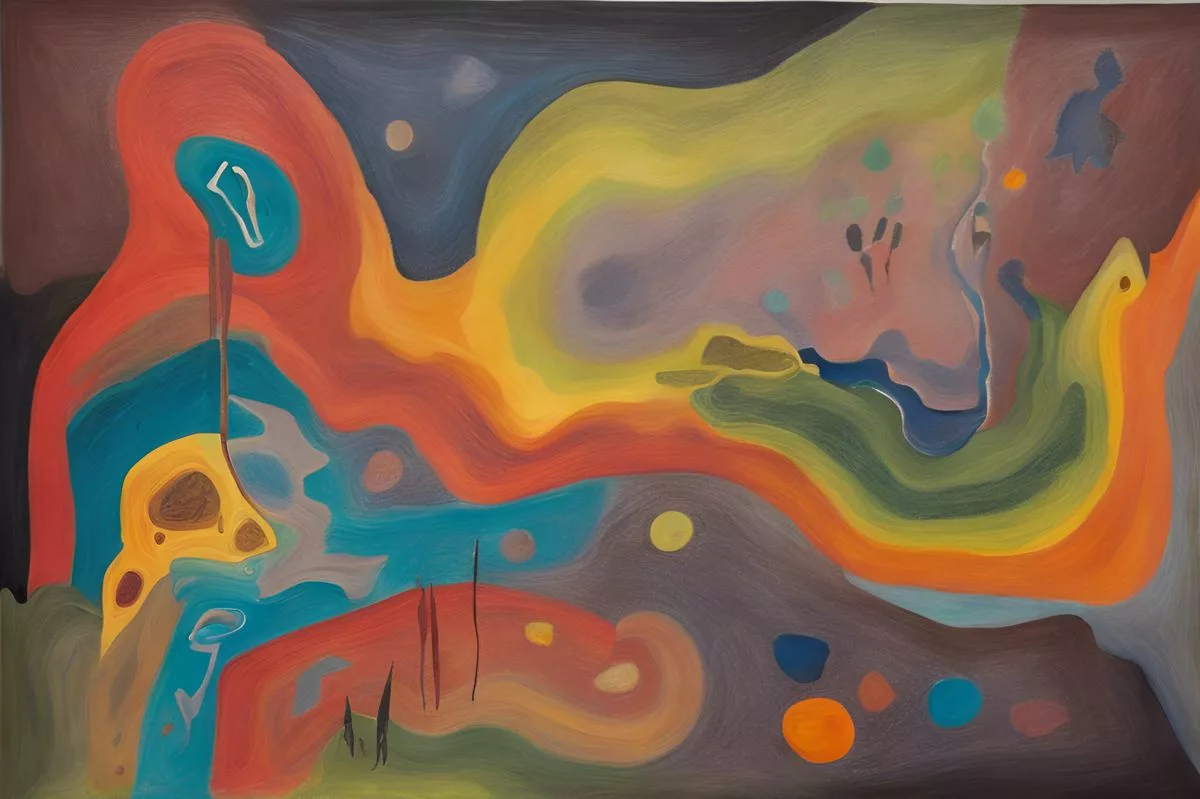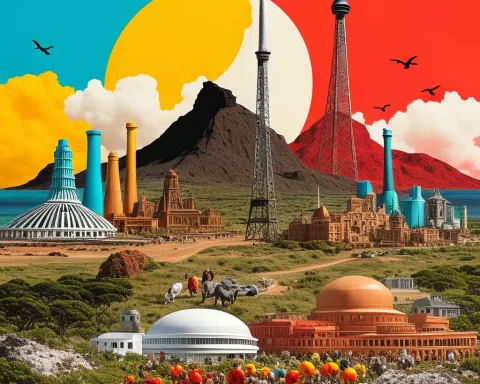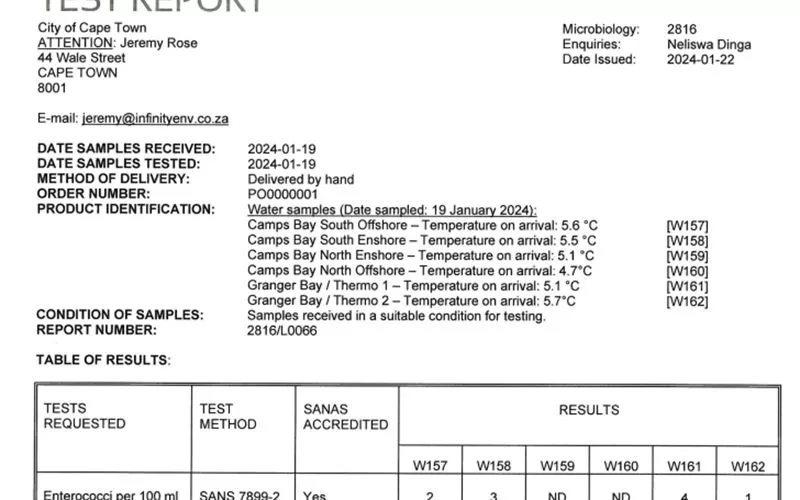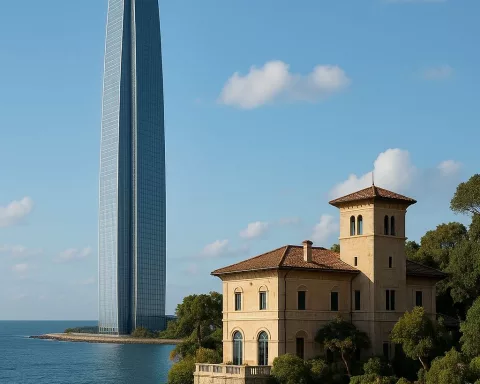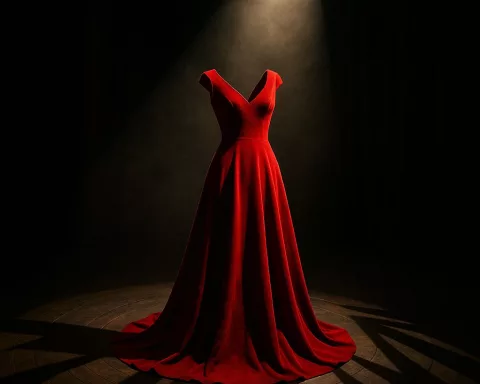The ‘Unveiling Early Southern Sapiens Behaviour’ exhibition at the De Hoop Collection showcases the fascinating lives and practices of early humans in South Africa’s Southern Cape coastline. Visitors can delve into archaeological findings from places such as Blombos Cave, Klipdrift Shelter, and Klasies River, gaining insight into the beginnings and behaviours of early Homo sapiens who resided there between 120,000 and 50,000 years ago. The exhibition highlights the genetic evidence that links all Homo sapiens to African origins and serves as a recollection of our common roots, drawing focus to the interdependence of all humans.
The Spotlight on South Africa’s Southern Cape Coastline
The ‘Unveiling Early Southern Sapiens Behaviour’ exhibition at the De Hoop Collection showcases the fascinating lives and practices of early humans in South Africa’s Southern Cape coastline. Visitors can delve into archaeological findings from places such as Blombos Cave, Klipdrift Shelter, and Klasies River, gaining insight into the beginnings and behaviours of early Homo sapiens who resided there between 120,000 and 50,000 years ago.
The Spotlight on South Africa’s Southern Cape Coastline
Boasting a rich archaeological trove and an array of marine life diversity, the Southern Cape coastline of South Africa has emerged as the centre of attention in a newly unveiled enlightening showcase. Open for public viewing at the De Hoop Collection, the ‘Unveiling Early Southern Sapiens Behaviour’ exhibition unravels the fascinating lives and practices of early humans in this part of the world.
This extraordinary exhibition is not merely a showcase of artefacts. Scientists from SapienCE and Wits University, including noteworthy scholars like Professor Christopher Henshilwood, Dr Karen van Niekerk, and Professor Sarah Wurz, have curated an array of artefacts, exhibits, and immersive multimedia elements. The goal is not just to inform but to emphasise the cultural importance of the archaeological sites on display, cultivating a profound understanding of our collective ancestry.
Throwing light on the objective of the exhibition, Henshilwood explains, “The De Hoop Collection’s exhibition offers a window into our prehistoric past. It provides insight into the beginnings and behaviours of early Homo sapiens in the Southern Cape region of Africa.” Visitors are given the rare chance to delve into archaeological findings from places such as Blombos Cave, Klipdrift Shelter, and Klasies River – the abodes of early Homo sapiens who resided there between 120,000 and 50,000 years ago.
The Visionaries Behind the Project
The mastermind behind the conception of this exhibition is none other than Craig Foster, co-founder of the Sea Change Project and the creative genius behind the Oscar and BAFTA-winning documentary, My Octopus Teacher. Sharing the stage with him is archaeologist Petro Keene, each contributing a unique, but complementary, perspective to the project.
The importance of the exhibition is not confined to historical curiosity. It adds to our knowledge of human evolution, highlighting “the ties between cultural, social, climatic, and biological factors that have sculpted our prehistory,” as Henshilwood puts it. Brought together under the theme ‘We are all one’, the display emphasises the genetic evidence that links all Homo sapiens to African origins.
The collection is a joyful tribute to Africa’s pivotal role in the evolutionary prehistory of humankind, bearing witness to our diverse cultural legacy. It serves as a recollection of our common roots, drawing focus to the interdependence of all humans, regardless of geographical borders.
The Journey of the Exhibition
The exhibition embarked on a comprehensive tour across South Africa before settling at its current site at the De Hoop Collection. Its voyage commenced at the Spier Wine Estate in 2018, followed by a sojourn at the Iziko South African Museum from 2019 to 2021. Subsequently, it relocated to the Wits Origins Centre, where it was housed from 2021 to 2023. Its last stop before the De Hoop Collection was the Cape of Good Hope Buffelsfontein Visitor Centre in Table Mountain National Park in June 2023.
A Journey Back in Time
For those pondering about interesting activities in the city, the exhibition provides an intriguing peek into the early stage of human existence. The ‘Unveiling Early Southern Sapiens Behaviour’ exhibition is more than just an educational tour. It is a journey back to the roots of our shared humanity, an engrossing narrative of our forefathers, intertwined with the captivating intricacies of nature.
What is the ‘Unveiling Early Southern Sapiens Behaviour’ exhibition?
The ‘Unveiling Early Southern Sapiens Behaviour’ exhibition showcases the fascinating lives and practices of early humans in South Africa’s Southern Cape coastline, with archaeological findings from places such as Blombos Cave, Klipdrift Shelter, and Klasies River on display. Visitors can gain insight into the beginnings and behaviours of early Homo sapiens who resided there between 120,000 and 50,000 years ago.
Who curated the exhibition?
Scientists from SapienCE and Wits University, including noteworthy scholars like Professor Christopher Henshilwood, Dr Karen van Niekerk, and Professor Sarah Wurz, have curated an array of artefacts, exhibits, and immersive multimedia elements for the exhibition.
What is the objective of the exhibition?
The goal of the exhibition is not just to inform but to emphasise the cultural importance of the archaeological sites on display, cultivating a profound understanding of our collective ancestry. It highlights the ties between cultural, social, climatic, and biological factors that have sculpted our prehistory, emphasising the genetic evidence that links all Homo sapiens to African origins.
Who conceptualised the exhibition?
The mastermind behind the conception of this exhibition is Craig Foster, co-founder of the Sea Change Project and the creative genius behind the Oscar and BAFTA-winning documentary, My Octopus Teacher. Sharing the stage with him is archaeologist Petro Keene, each contributing a unique, but complementary, perspective to the project.
Where has the exhibition been showcased before?
The exhibition embarked on a comprehensive tour across South Africa before settling at its current site at the De Hoop Collection. Its voyage commenced at the Spier Wine Estate in 2018, followed by a sojourn at the Iziko South African Museum from 2019 to 2021. Subsequently, it relocated to the Wits Origins Centre, where it was housed from 2021 to 2023. Its last stop before the De Hoop Collection was the Cape of Good Hope Buffelsfontein Visitor Centre in Table Mountain National Park in June 2023.
What can visitors expect from the exhibition?
Visitors can expect an engrossing journey back to the roots of our shared humanity, an intriguing peek into the early stages of human existence, and a tribute to Africa’s pivotal role in the evolutionary prehistory of humankind. The collection serves as a recollection of our common roots, drawing focus to the interdependence of all humans, regardless of geographical borders.

